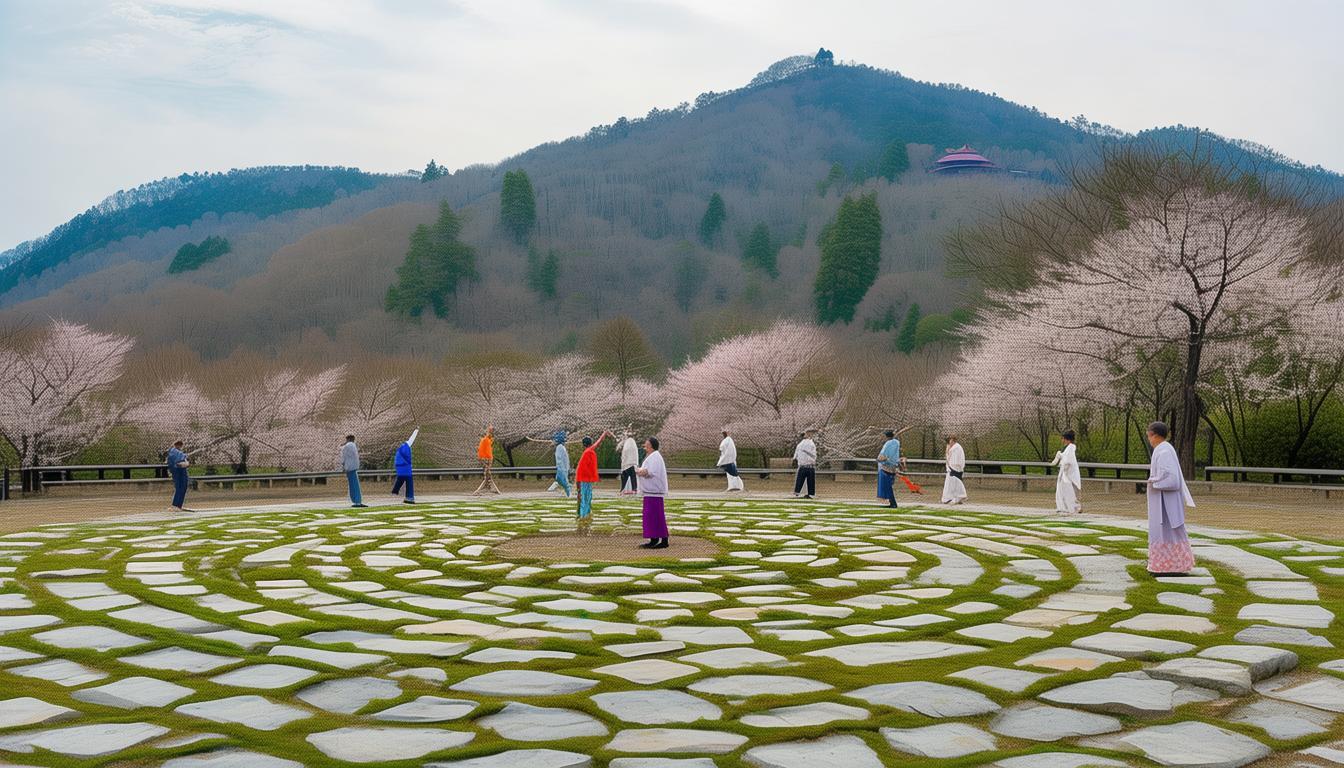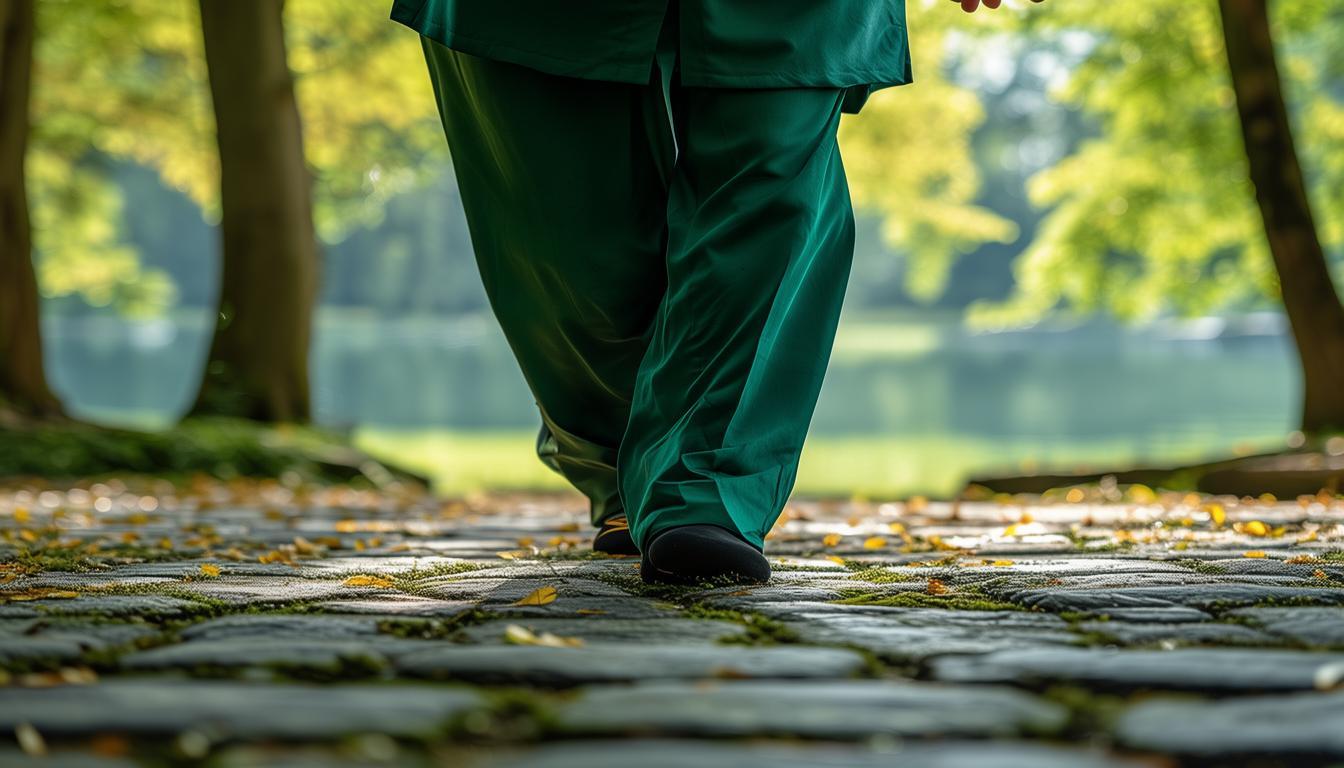Tai Chi combines our country's unique philosophical thoughts and the essence of many fields such as martial arts, art, health care methods, traditional medicine, etc. It takes the dialectical concepts of Tai Chi and Yin and Yang as the center, which can not only cultivate people's temperament, but also enhance their physical fitness, and can also be used in actual combat.
History origin
Tai Chi has a long history, and it can be found at the beginning of the Ming Dynasty. At that time, there were many wars, and everyone wanted a skill that could protect themselves and exercise their bodies. So, Tai Chi appeared. It combines the good parts of traditional martial arts, and has been passed down and progressed by many generations. Tai Chi Lessons has gradually developed various different appearances, each with its own special features.
As time goes by, Tai Chi breaks through the shackles of space, attracts many people to become interested, and has become a dazzling treasure in the treasure house of Chinese martial arts.
Fitness effects
Practicing Tai Chi is very beneficial to the body. It can significantly enhance cardiopulmonary function and improve the body's endurance and resistance. During practice , all parts of the body can be fully moved, making the muscles stronger and the joints more flexible. At the same time, it can also adjust your breathing, make your breath smoother, improve your sleep, and make you energetic.

Moreover, Tai Chi moves progress slowly and have a gentle posture, which does not burden the joints, and is suitable for people of all ages to practice. Like those elderly people with poor physiques, or urban people with fast working pace, they can find physical and mental health and abundant energy in Tai Chi.
Cultural connotation
Tai Chi is full of rich essence of traditional Chinese thought. It focuses on the unity of opposition and the combination of movement and stillness, as if we have to face both good and bad situations in life with a stable state of mind. In every move and posture, we can experience the harmonious relationship between man and nature and between man. It is not only a martial arts technique, but also a kind of wisdom in dealing with the world. With the help of Tai Chi, we have realized the truth of respecting others, tolerance of differences, and learning humbly, and understand the truth of using gentleness to resolve strong strength.
In addition, Tai Chi also incorporates the meridian theory of traditional Chinese medicine, focusing on the flow of breath and the internal conditioning of the body, which reflects the idea of traditional Chinese medicine to "prevent the disease before it occurs."
Characteristics of the genre
Tai Chi includes many important schools such as Chen style, Yang style, Wu style, Wu style, and Sun style, each with its own characteristics. Chen-style Tai Chi is both rigid and soft, with compact and powerful movements, and is exerted rapidly and powerfully; Yang-style Tai Chi is stretched and generous, with smooth and natural movements, and has a relatively soft style; Wu-style Tai Chi is small and flexible, with compact and exquisite postures; Wu-style Tai Chi pays attention to body and footwork, and has compact and standardized movements; Sun-style Tai Chi absorbs the advantages of Bagua and Xingyi and other boxing techniques Parkinson Tai Chi , with flexible footwork and lofty postures.
Various sects have their own attraction and significance. Learners can choose the system that best suits them based on their personal preferences and physical conditions.
Promote inheritance
Today, Tai Chi has spread all over the world. Many foreigners began to understand and practice Tai Chi and appreciate the profound connotation of Chinese culture. Many competitions and interactive activities have been held in various places, attracting many enthusiasts to join. The school also puts Tai Chi into physical education classes, allowing more young people to come into contact with and understand this traditional martial art.
However, we also have many problems that need to be solved, such as how to encourage more people to continue practicing Tai Chi, how to create more outstanding Tai Chi successors, etc.
When practicing Tai Chi, do you feel its specialness? If you have any experiences in it, please leave a message and ask for support of this article and help like and forward it.



